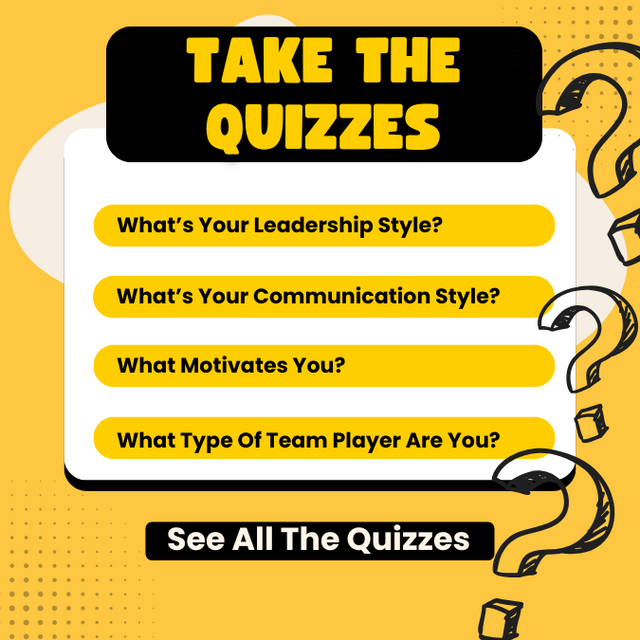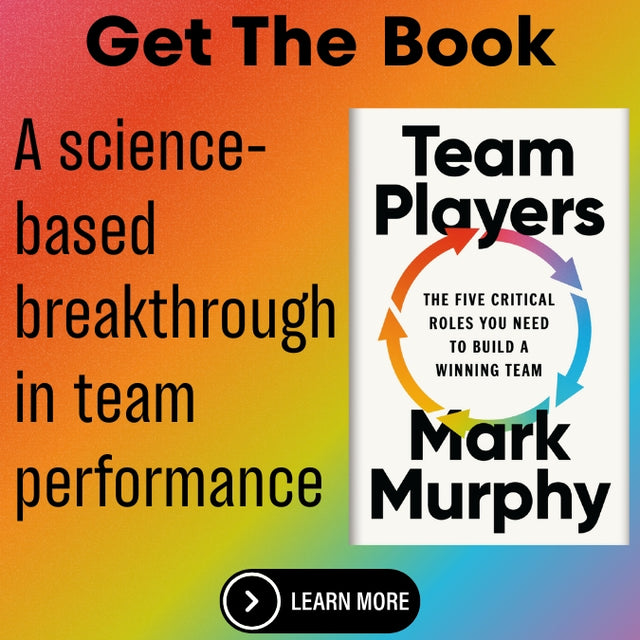Factual Communication With the FIRE Model
In today's workplace, feedback conversations often derail before they even begin. A simple discussion about performance turns into an emotional confrontation, leaving both parties frustrated and defensive. The root cause? We're mixing facts with feelings, interpretations with reality, and letting our emotions drive the conversation instead of focusing on what actually matters. Enter the FIRE Model—a transformative approach that strips away the emotional baggage and gets to the heart of effective communication.
Understanding the FIRE Model: Four Layers of Every Conversation
At its core, the FIRE Model recognizes that every conversation, especially feedback discussions, operates on four distinct layers:
Facts - The objective, verifiable reality. These are things you could videotape, audio record, or independently verify. Facts are devoid of judgment, interpretation, or emotion. They simply are what they are.
Interpretations - The meaning we assign to those facts based on our life experience, history, and personal predispositions. This is where the human brain kicks into overdrive, transforming simple observations into complex narratives.
Reactions - The emotional responses triggered by our interpretations. These feelings—whether anger, disappointment, excitement, or fear—arise not from the facts themselves, but from the stories we've told ourselves about those facts.
Ends - The desired outcomes or actions we pursue based on our emotional reactions. These are the "therefore, I want..." statements that cap off our internal processing.
The Human Brain: An Interpretation Machine
Consider this illuminating example: You hear rustling in the bushes. The fact is simple—there's a sound coming from the vegetation. But your brain doesn't stop there. If you're a bird watcher, you might interpret this as an exciting opportunity to spot a rare species, feel thrilled, and want to grab your binoculars. If you've just watched three horror movies and it's 11 PM on Halloween, that same rustling becomes a potential threat, triggering fear and the desire to run.
The same fact generates completely different interpretations, reactions, and desired ends based on context and personal history. This is precisely what happens in workplace feedback situations, often with disastrous results.
When Feedback Goes Wrong: The Tyranny of IRE
Most workplace feedback fails because we focus on the wrong elements. Instead of addressing facts, we unleash what the model calls "IRE"—our Interpretations, Reactions, and Ends. This creates two fundamental problems:
First, it transforms what should be a constructive conversation into an emotional battlefield. When someone feels emotionally attacked, their ability to process information, learn, and change diminishes dramatically. The defensive walls go up, and genuine improvement becomes nearly impossible.
Second, our interpretations might be completely wrong. That employee who arrived five minutes late? Your interpretation might be that they're lazy and disrespectful. The reality might be that they were stopped in the parking lot by a board member asking about their experience with the company. By focusing on your interpretation rather than the fact, you risk damaging a relationship based on a false premise.
A Tale of Two Typos: The Model in Action
Picture this scenario: Pat submits a memo with two typos. Here's how a typical boss might respond:
"Pat, I asked you to work on the tone of this memo, did I not? And look at this—I caught two typos. I can't worry about this stuff myself. It's like you ignored everything I said, and now I wonder what else you're missing. This makes me anxious and angry. From now on, I want to proofread all of your work—even the small stuff."
Breaking this down through the FIRE lens reveals something striking. The only fact in this entire paragraph? Two typos. Everything else—the accusation of ignoring instructions, the anxiety and anger, the threat of micromanagement—represents the boss's interpretations, reactions, and desired ends. This emotional baggage transforms a simple correction into a demoralizing confrontation.
The Power of Fact-Based Feedback
When we strip away the IRE and focus solely on facts, remarkable things happen. The conversation becomes calmer, clearer, and more productive. Instead of defending against emotional attacks, the recipient can engage with the actual issue at hand. They can explore what caused the problem, identify solutions, and commit to improvement without the burden of shame or resentment.
Imagine if the boss had simply said: "Pat, I found two typos in the memo." This opens the door for Pat to acknowledge the mistake, explain any contributing factors, and propose solutions—all without the emotional turmoil that derails genuine improvement.
Receiving Criticism: Your FIRE Shield
The FIRE Model isn't just for giving feedback—it's equally powerful when you're on the receiving end of criticism. When someone delivers a harsh critique, your first instinct might be to focus on the emotionally charged language, the unfair interpretations, or the threatening consequences. But this emotional focus clouds your judgment and prevents you from extracting value from the feedback.
Instead, practice mental sorting. As criticism comes your way, categorize everything you hear into Facts, Interpretations, Reactions, and Ends. Then, consciously set aside the IRE and focus exclusively on the facts. This shift accomplishes several things:
- It calms your emotional state, allowing clearer thinking
- It helps you identify genuinely valuable feedback hidden within emotional packaging
- It positions you as a problem-solver rather than a victim
- It demonstrates professional maturity and emotional intelligence
The Analytical Advantage
When you focus on facts, you transform from an emotional reactor into an analytical problem-solver. Those two typos become a puzzle to solve: What caused them? Was it a rushed timeline, inadequate proofreading process, or simple oversight? What systems or habits could prevent future occurrences?
This analytical approach does more than solve the immediate problem. It rebuilds trust, demonstrates accountability, and shows that you're committed to continuous improvement. Paradoxically, by ignoring the boss's emotional outburst and addressing only the facts, you're more likely to calm their emotions and restore their confidence in you.
Implementing the FIRE Model: Practical Strategies
For Giving Feedback:
- Before any feedback conversation, write down the facts separately from your interpretations
- Challenge yourself to deliver feedback using only verifiable facts
- If you feel emotional, pause and identify what interpretation is driving that emotion
- Ask questions to understand the facts from the other person's perspective
- Save discussions about consequences (Ends) until after you've established and addressed the facts
For Receiving Feedback:
- Practice the mental sorting exercise regularly, even with minor feedback
- Respond first to facts, acknowledging them clearly
- Ask clarifying questions about facts if they're unclear
- Avoid the temptation to address interpretations directly
- Demonstrate change through action rather than defending against emotional attacks
The Broader Impact: Transforming Workplace Culture
When teams adopt the FIRE Model, the entire feedback culture transforms. Conversations become more productive, relationships strengthen, and continuous improvement becomes the norm rather than the exception. People feel safer admitting mistakes, more willing to seek help, and more capable of growth.
The model also reduces the emotional exhaustion that comes from constant workplace drama. By focusing on facts, teams spend less energy on interpersonal conflicts and more on solving real problems and achieving goals.
Conclusion: From FIRE to Fuel
The FIRE Model reveals a fundamental truth about human communication: We're all interpretation machines, constantly transforming simple facts into complex emotional narratives. In feedback situations, this tendency creates unnecessary conflict, blocks learning, and damages relationships.
By consciously separating Facts from Interpretations, Reactions, and Ends, we can transform feedback from a dreaded ordeal into a powerful tool for growth. Whether giving or receiving criticism, the discipline of fact-based communication creates calmer conversations, clearer understanding, and genuine improvement.
The next time you face a difficult feedback conversation, remember: The facts might sting, but it's the IRE that burns. Focus on the facts, set aside the emotional baggage, and watch as difficult conversations become opportunities for genuine growth and stronger professional relationships.











